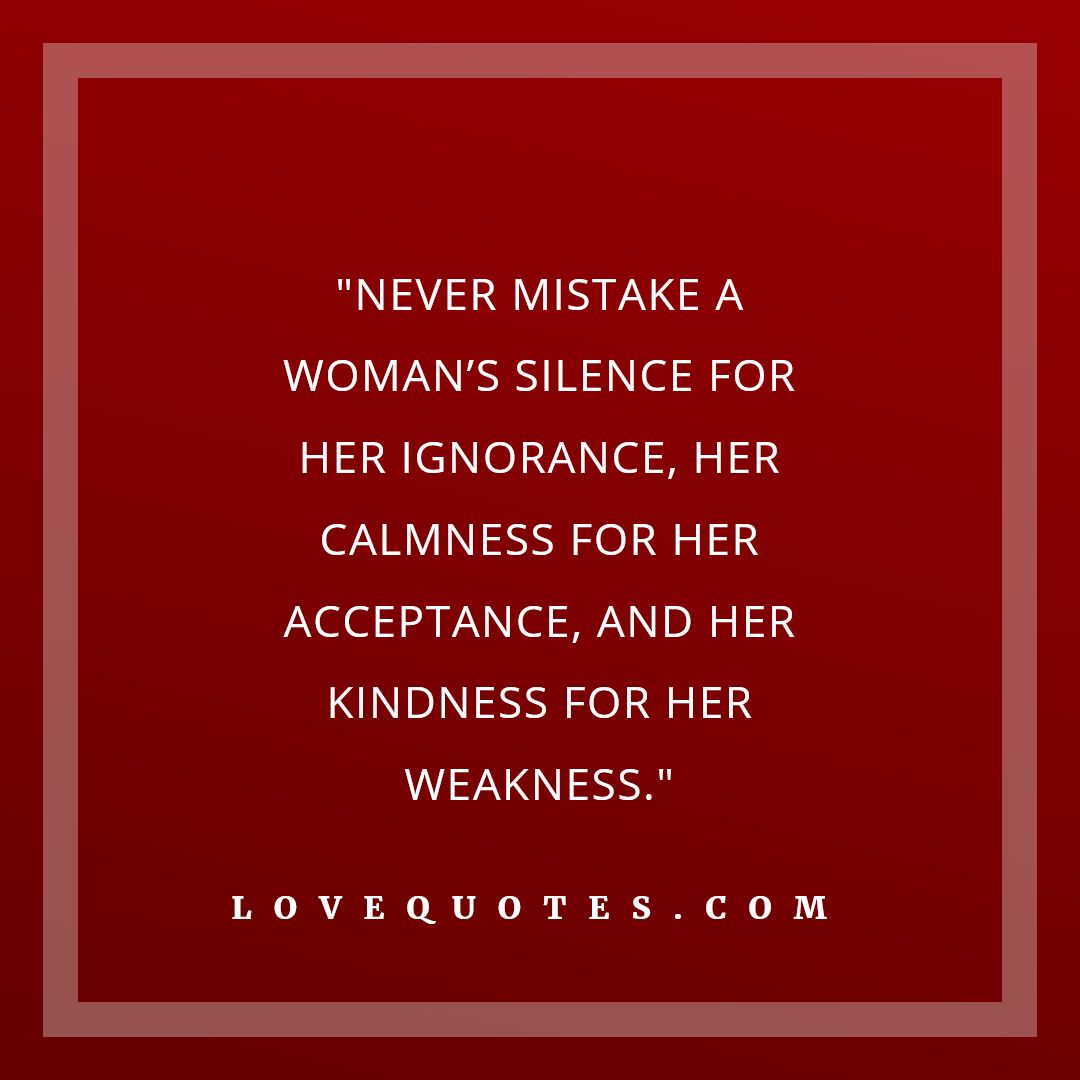

During the economic downturn of the 1930s, many families needed two incomes to survive. Why, then, was such an image created? It was, I sincerely hope, the last-ditch attempt of a patriarchal society to return to a status quo that had been abandoned during the Great Depression and World War II.īoth events were fundamental in getting women into the workforce. It was make-believe, created to mask the deep, depressing unhappiness of many women at the time. It was invented by ad agencies to sell products.

The image of the perfect 50s-the neat suburban houses, the smiling housewives with plates of steaming cookies-was never real. This is the essence of The Long, Long Afternoon. Spain, for her, was as far away as China.īut when I wondered why women were okay with this back then, she was adamant that they weren’t. She was legally barred from being a peer or joining the stock exchange. She gave up her job to raise her children and run the home. My travel companion was a young mother and wife in the 1950s. We were talking about how amazing it was that young women everywhere-like me, like her grandchild-were carving out international careers and moving countries with ease. I was flying to Spain for a work gig and deep in conversation with the woman in seat 17B, on her way to visit a granddaughter who had started a job in Valencia. “It’s just that we didn’t phrase it that away.” “Oh, it’s not like we weren’t feminists,” says the woman-well into her 70s-sitting next to me on a plane.


 0 kommentar(er)
0 kommentar(er)
